Get PeakVisor App
Sign In
Search by GPS coordinates
- Latitude
- ° ' ''
- Longitude
- ° ' ''
- Units of Length

Yes
Cancel
Share ×

Scan the QR code and open PeakVisor on your phone
❤ Wishlist ×
Choose
Delete
Sam Houston National Forest is located in the eastern part of Texas, just north of the metropolis of Houston. It’s one of 154 National Forests in the U.S., encompassing 163,000 acres (65,963 hectares). More regionally, Sam Houston is one of Texas’s four national forests and is part of the larger Piney Woods ecoregion, characterized by woodlands dominated by longleaf and loblolly pines. It borders two large artificial reservoirs, Lake Livingston and Lake Conroe. Sam Houston is also home to the Lone Star Hiking Trail, a 128-mile trail offering one of Texas's longest continuous hiking paths. There are 2 named mountains in Sam Houston National Forest. Blue Bonnet Hill (98 m / 322 ft) is the highest point. The most prominent mountain is Johnson Bluff (70 m / 230 ft).

Sam Houston National Forest encompasses 163,000 acres (65,963 hectares) of woodlands. It includes the western shores of Lake Livingston and the northern shores of Lake Conroe, two large reservoirs in the region. The forest’s terrain is a mix of gently rolling hills and flatlands, and there are numerous creeks, streams, and rivers, such as the West Fork of the San Jacinto River. The Huntsville State Park is within the forest boundary.
By car, the city of Huntsville, Texas, is less than 10 minutes away. Meanwhile, the metropolis of Houston, Texas, is less than an hour from the forest’s southern border.
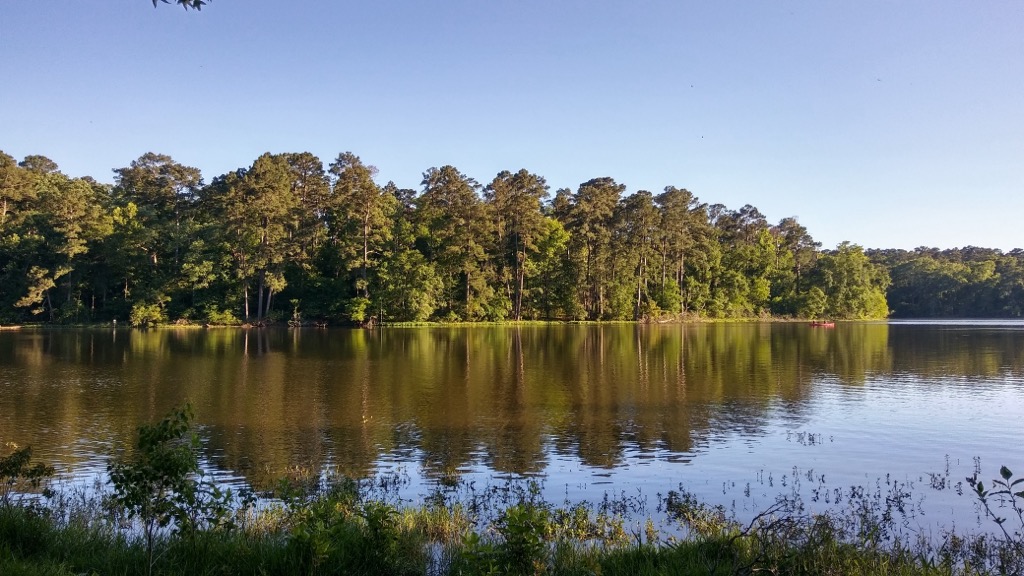
The forest is within the Piney Woods ecoregion. The area's climate is humid subtropical, with warm summers and mild winters; the Gulf of Mexico is a moderating force during winter and contributes to the sticky, humid summers. The Piney Woods are the wettest area of Texas, with average annual rainfall ranging from 40 to 50 inches (100 - 130 cm) for the Sam Houston region. Four distinct seasons - summer, autumn, winter, and spring - are present, although not to the same extent as the northeastern U.S. Rainfall is evenly distributed.
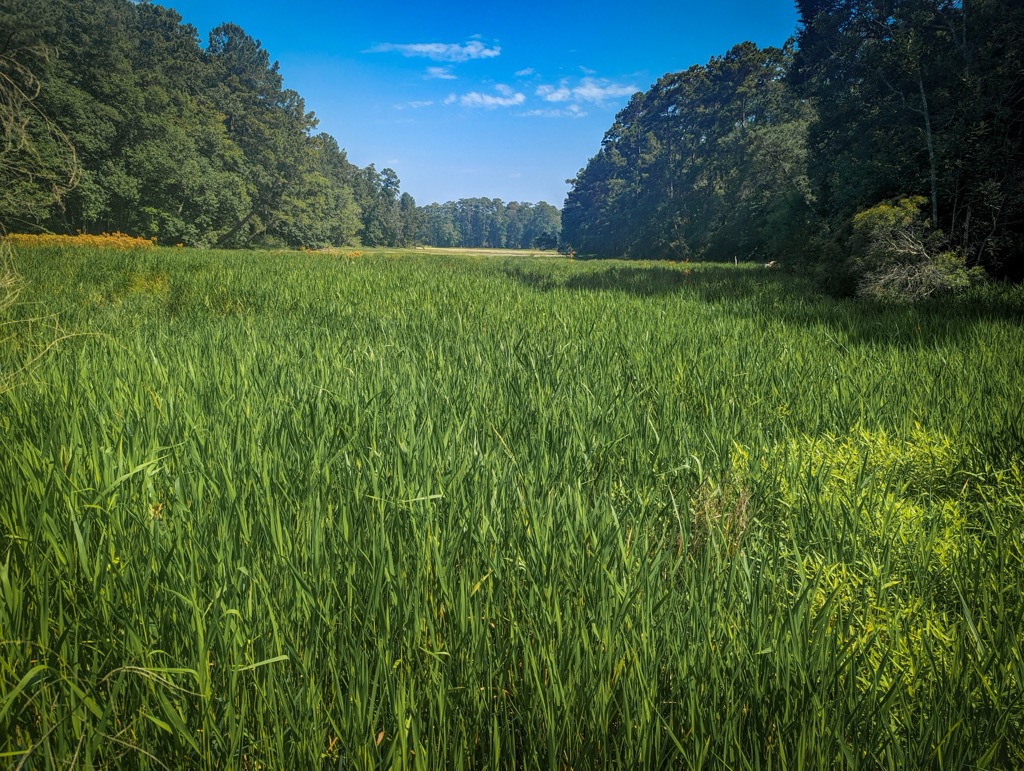
The geology of Sam Houston National Forest is part of the larger Gulf Coastal Plain, which is very young compared to other regions in the U.S. The plain stretches across the low-lying portions of the Southeast U.S., from Texas to Florida.
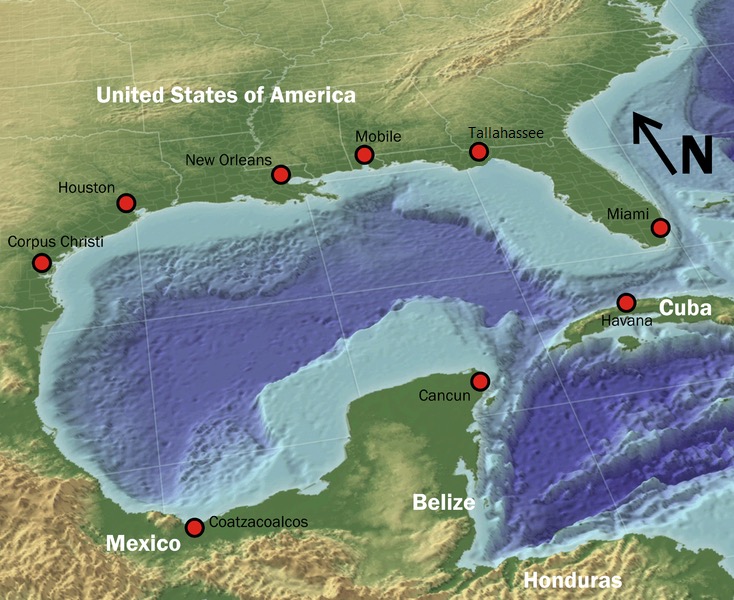
The Sam Houston National Forest is underlain by sedimentary rocks deposited during the Neogene and Quaternary periods within about the last 25 million years. These sediments include sand, silt, clay, and gravel and were deposited by rivers and ancient seas that once covered the region. Even the oldest parts of the plain - the areas farthest from the Gulf of Mexico - aren’t more than 100 million years old.
Superficially, Sam Houston National Forest is characterized by relatively flat to gently rolling terrain, with alluvial plains, river valleys, marshes, and, notably, the Sam Rayburn Reservoir. The soils are typically acidic and vary from sandy loams to clays, contributing to the dense pine forests of the Piney Woods ecoregion.

The ecology of Sam Houston National Forest is some of the most diverse in Texas due to its location within the Piney Woods ecoregion. Native species of southern yellow pine include shortleaf, longleaf, and loblolly pine, which thrive in the sandy soil and warm, humid climate. The forest also contains native hardwood bottomlands with oak, elm, hickory, pecan, black walnut, tupelo, and sweetgum. Hardwood bottomlands form in the rich, moist soils of ravines and rivers.
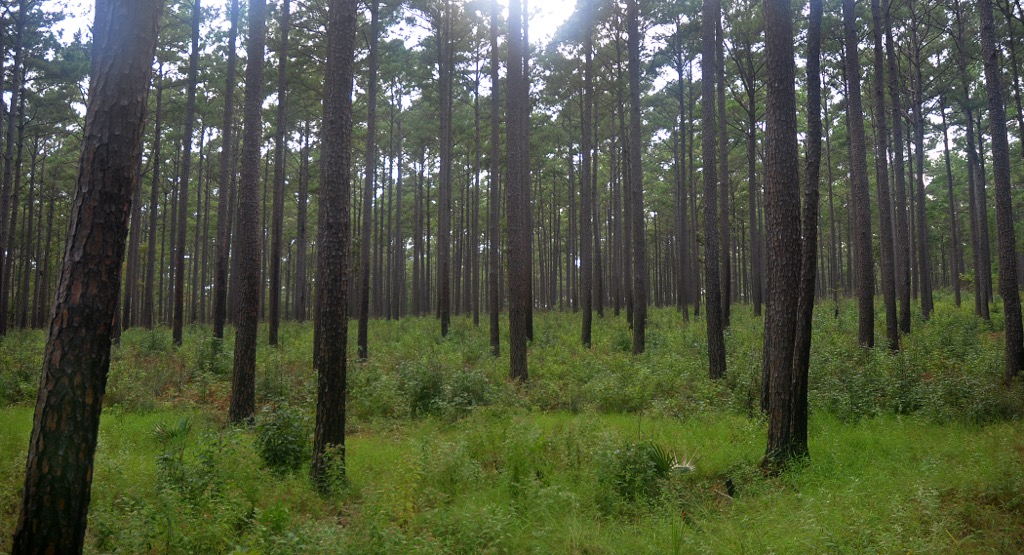
Sam Houston National Forest is home to a wide array of mammalian wildlife. The forest supports populations of white-tailed deer, wild hogs, coyotes, bobcats, and numerous smaller animals like squirrels and raccoons. Smaller mammals like raccoons, opossums, and bats patrol the forest at night. The understory of the pine forests often contains grasses, wildflowers, and shrubs, which provide food and shelter for mammals like rabbits and foxes.

Migratory birds and waterfowl make seasonal passage through the forest's wetlands. Amphibians and reptiles thrive in the creeks and marshy areas, particularly in the low-lying regions near Lake Conroe and Lake Livingston, where turtles, snakes, and frogs are common. The lakes also provide habitat for largemouth bass, catfish, and crappie, as well as mammals like beavers and otters.
Bird species include the red-cockaded woodpecker, an endangered species that depends on the mature pine forests of the region. As the towering, straight Southern yellow pines are commercially valuable, truly mature forests have become rare.
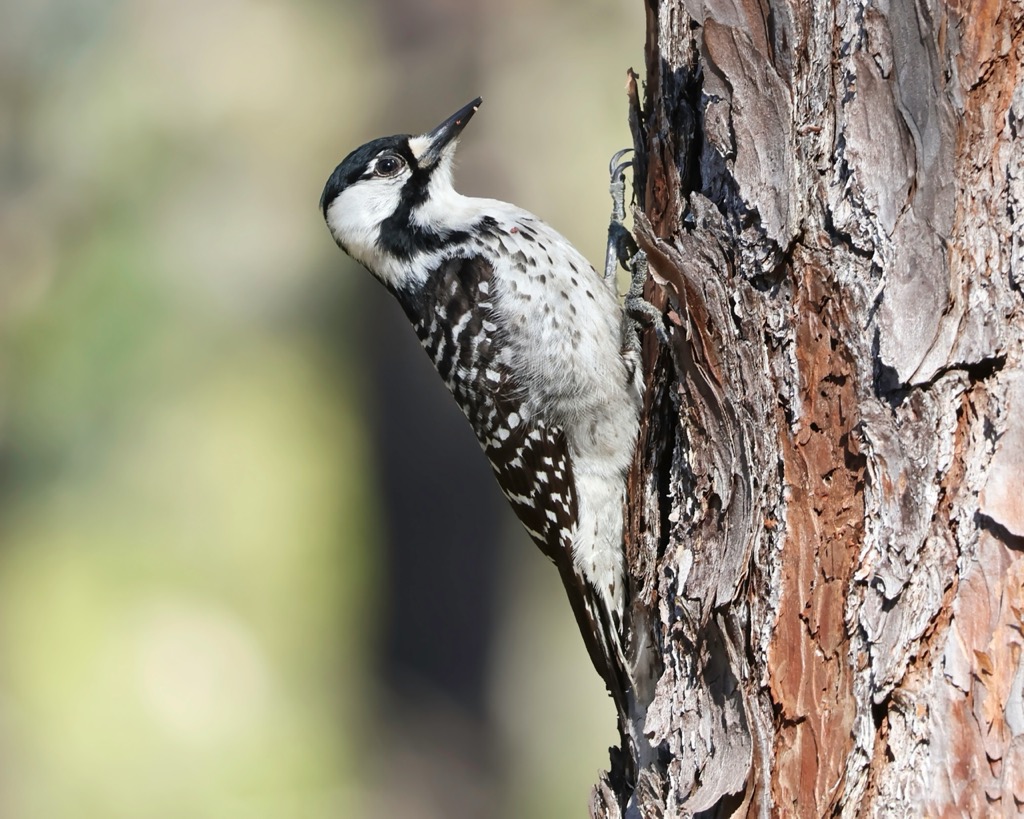
Sam Houston National Forest's complex human history spans thousands of years before the U.S. government, from indigenous cultures to European exploration, frontier settlements, and modern conservation.
Before European contact, several Native American tribes inhabited the area around Sam Houston National Forest. The Western Atakapa traditionally inhabited the Gulf Coastal Plain. Meanwhile, the Caddo people were part of a complex network of agricultural societies that thrived for millennia in what can be loosely described as “Texarkana.” Their traditional homelands extended through Oklahoma, Arkansas, Texas, and Louisiana, and their society featured sophisticated social and political structures.
The Caddo cultivated maize, beans, and squash and extensively traded with other indigenous groups across the Southeastern United States until their extirpation from the land in the mid-19th century.
The Atakaps were largely decimated by European diseases in the 18th century, even before contact with the Spanish was widespread. Survivors joined the Caddo and Coushatta peoples; these tribes later became federally recognized, with reservations spread across the Texarkana region.
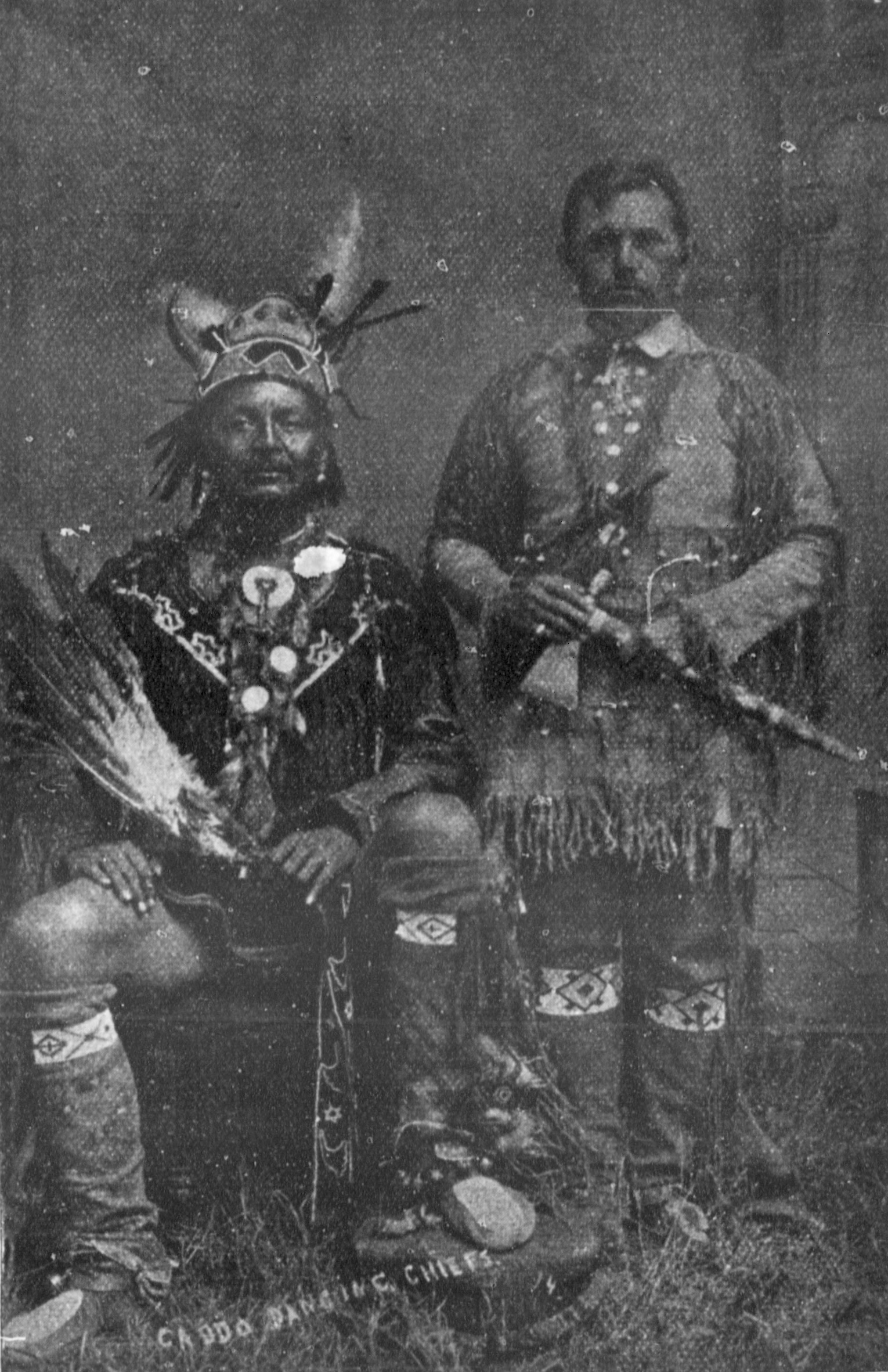
The first Europeans to explore the East Texas woodlands were Spanish and French explorers in the 16th and 17th centuries. In the early 18th century, Spain laid claim to much of Texas. They founded missions throughout the state, though the Piney Woodlands were the first area to be developed due to abundant resources and a high population of natives. The Mission San Francisco de los Tejas was founded in 1690 near Weches, north of Sam Houston National Forest. It was abandoned three years later and eventually moved to San Antonio.
After the Louisiana Purchase in 1803, the United States acquired the land west of the Mississippi River, including the area around Sam Houston National Forest. American settlers began moving into Southeast Texas, often bringing enslaved people to establish plantations. The region is one of the most historic in Texas, with towns like Houston, Huntsville, and Nacogdoches all founded in the 1830s.
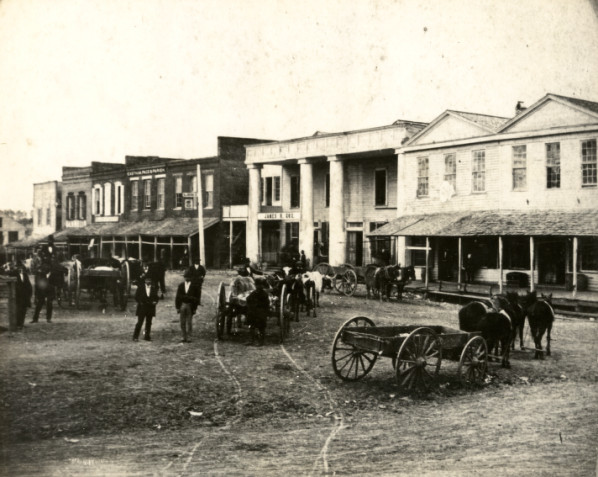
After a period of revolution and self-governance, Texas officially and definitively joined the United States in 1845. Texas and Louisiana’s thriving plantation industry was largely responsible for the disenfranchisement and eventual removal of the Caddo and Coushatta to their current reservations.
Like the city of Houston, the 4th-largest in the U.S., the forest is named after American general and statesman Sam Houston. Houston is an inspiring and fascinating figure by any modern measure. He was born in Virginia in 1793. As a teenager, he moved to Tennessee, ran away from home, and lived with the Cherokee for three years. Incredibly, he later became a U.S. Congressman and then governor of Tenessee, only to resign and run off with the Cherokee for a second time in 1829.
Houston relocated to Texas in 1832 and was immediately entrenched in the increasingly hostile politics between American settlers and the Mexican Government. Houston became commander of the Texan army and achieved a decisive victory over Mexican forces at the Battle of San Jacinto in 1836, securing the Republic of Texas' independence.
Houston later served as the first and third President of the Republic of Texas. After Texas joined the United States, he became one of its U.S. senators and, eventually, the governor. Houston was a staunch advocate for the rights of Native Americans, having lived among the Cherokee for several years, and he opposed the secession of Texas from the Union during the Civil War.
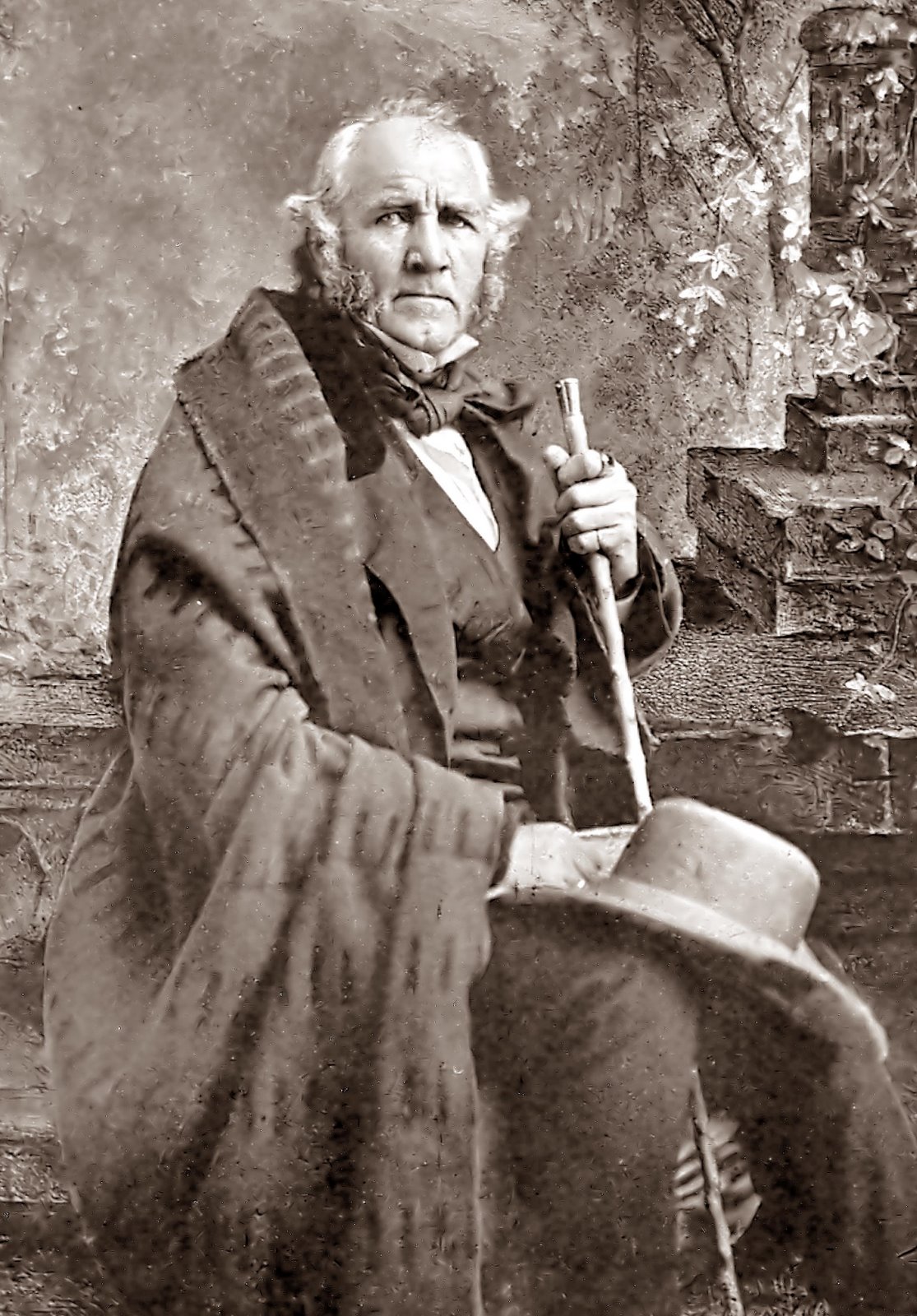
In the late 19th and early 20th centuries, the region around Sam Houston National Forest saw significant economic growth driven by the timber industry. By the 1930s, over-logging had significantly reduced the forests.
The U.S. government began purchasing land for reforestation and conservation. Sam Houston National Forest was officially established in 1933 as part of a broader effort to protect and restore East Texas forests (several other forests, such as the neighboring Angelina and Sabine National Forests, were founded around the same time). The Civilian Conservation Corps (CCC), a New Deal program, was tasked with replanting trees and building much of the infrastructure.
More recently, the construction of Lake Livingston was completed in 1971, while Lake Conroe was completed in 1973.
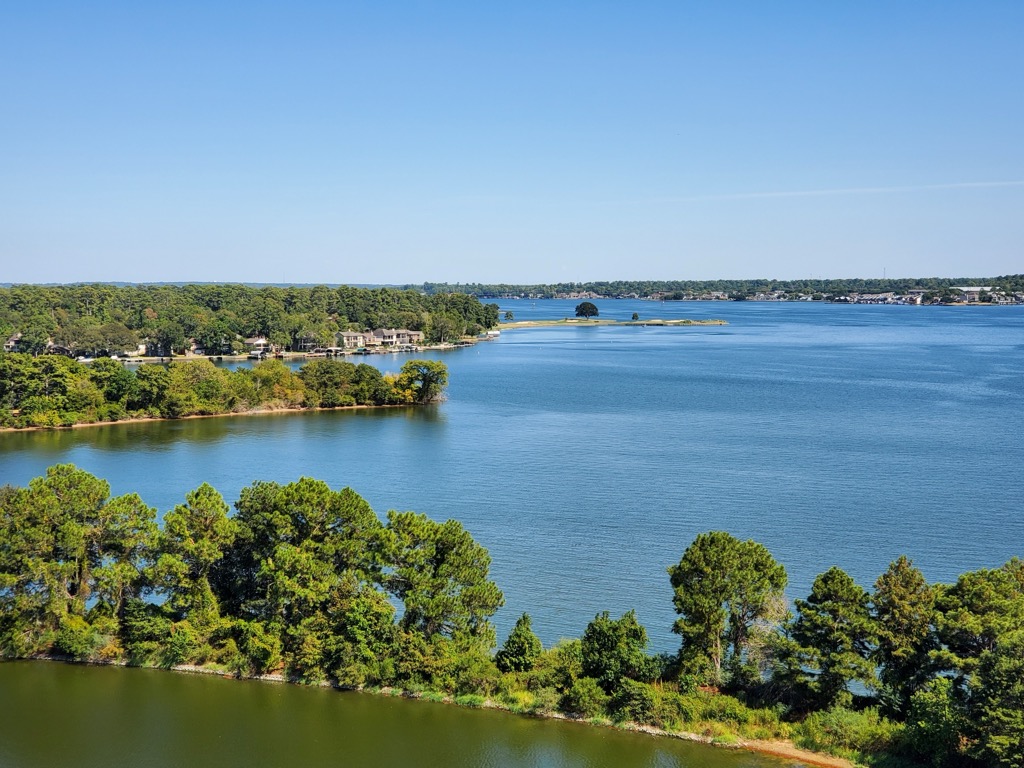
The Little Lake Creek Wilderness is a 3,855-acre designated wilderness area within the Sam Houston National Forest. The U.S. Forest Service manages it under the guidelines of the Wilderness Act of 1964, ensuring minimal human impact.
There are several variations of hiking trails that you can loop together. The Little Lake Creek Loop Trail does a figure of eight around the preserve, traveling about 12 miles (20 km). It uses sections of several trails, including the North Wilderness Trail and the Lone Star Trail. There’s also the San Branch Trail Loop and the South Loop Trail.
The wilderness is also home to wetlands, bogs, and seasonal ponds; conditions can sometimes get muddy and overgrown.
The Lone Star Hiking Trail is the crown jewel of East Texas hiking. It’s the longest continuous hiking trail in the state, stretching 128 miles (205 km) if you include the trail’s offshoots. This well-maintained trail is the best way to experience the Piney Woods ecoregion of Southeastern Texas.
The Lone Star Trail is divided into three main sections: Eastern, Central, and Western. Dozens of trailheads make it possible to break the trail into an untold number of day hikes of varying lengths; this is the most popular way to hike here. For through-hikers, designated campsites are scattered along the route.
Since its inception, the trail has been managed by the U.S. Forest Service and maintained by volunteer groups like the Lone Star Hiking Trail Club.
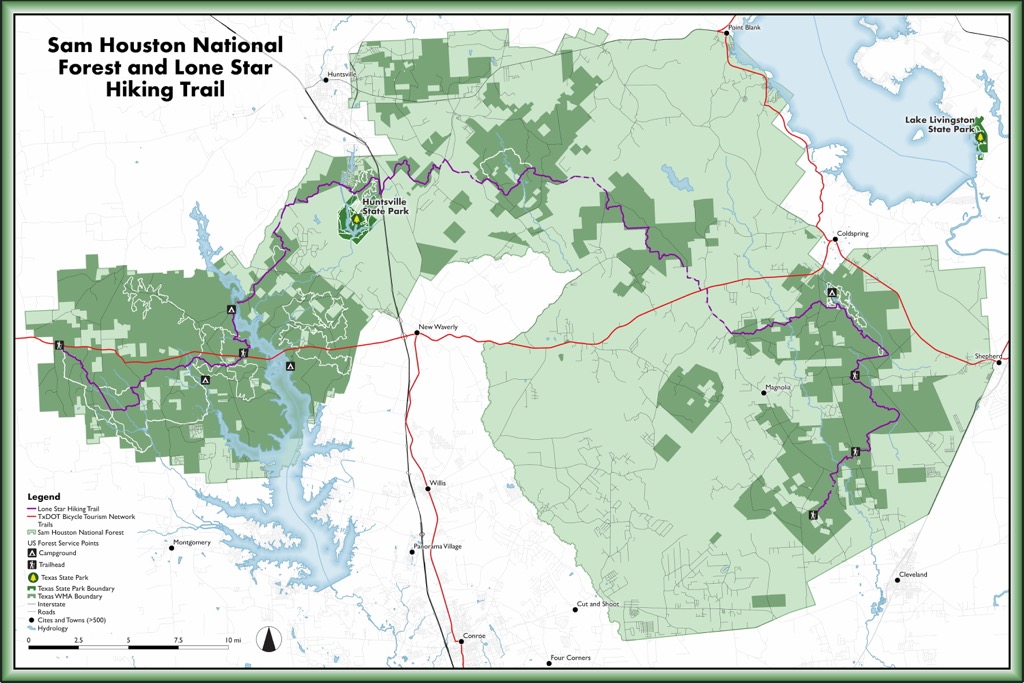
Huntsville (pop. 47,000) is one of the most historic cities in Texas and is the gateway to the Sam Houston National Forest. Founded in 1835, it was the home of Sam Houston, the leader of the Texas Revolution, president of the Republic of Texas, U.S. Senator for Texas, and, finally, Governor of the State of Texas. The city is home to the Sam Houston Memorial Museum and a statue of Houston along Interstate 45. Huntsville is also home to Sam Houston State University.
Sam Houston National Forest and Huntsville State Park offer hiking, hunting, fishing, camping, and horseback riding minutes from the city.

Livingston (pop. 5,500) is a small town located in Polk County in East Texas, on the eastern shores of Lake Livingston. Like Huntsville and a number of other East Texas municipalities, Livingston was incorporated in 1835, around the time of the Texas Revolution.
Livingston is home to the Alabama-Coushatta Tribe of Texas and the Polk County Memorial Museum. The town is nearby excellent boating and fishing on Lake Livingston, as well as hunting and hiking in the neighboring national forests.
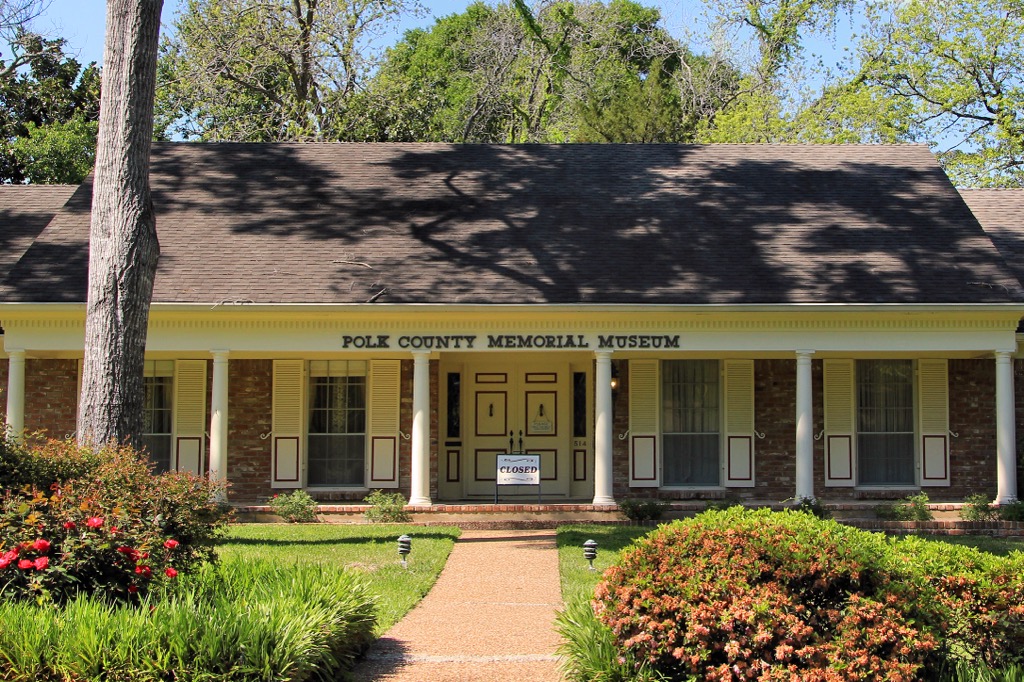
Houston is the closest metropolis to the Sam Houston National Forest. Houston is the 4th largest city in the U.S., with 2.3 million people within the city limits. From Central Houston, you can reach the southernmost tip of Sam Houston National Forest by car in less than one hour.
Houston was founded in 1836; General Sam Houston had just secured the Republic of Texas’ independence from Mexico. The city quickly grew into a major port and commercial center. Today, Houston is a hub for the oil and gas industry and is home to the Texas Medical Center, the largest medical complex in the world. Houston is culturally diverse, contributing to an increasingly renowned culinary scene.
Urban sprawl has impacted the city; its greater metro population now reaches 7.5 million. It’s nearly 100 miles from the northwestern suburbs down to the city of Galveston on the coast, all of which is urban. Fortunately for the green-minded, Texas’s four National Forests are all to the northeast, within a couple of hours’ drive.
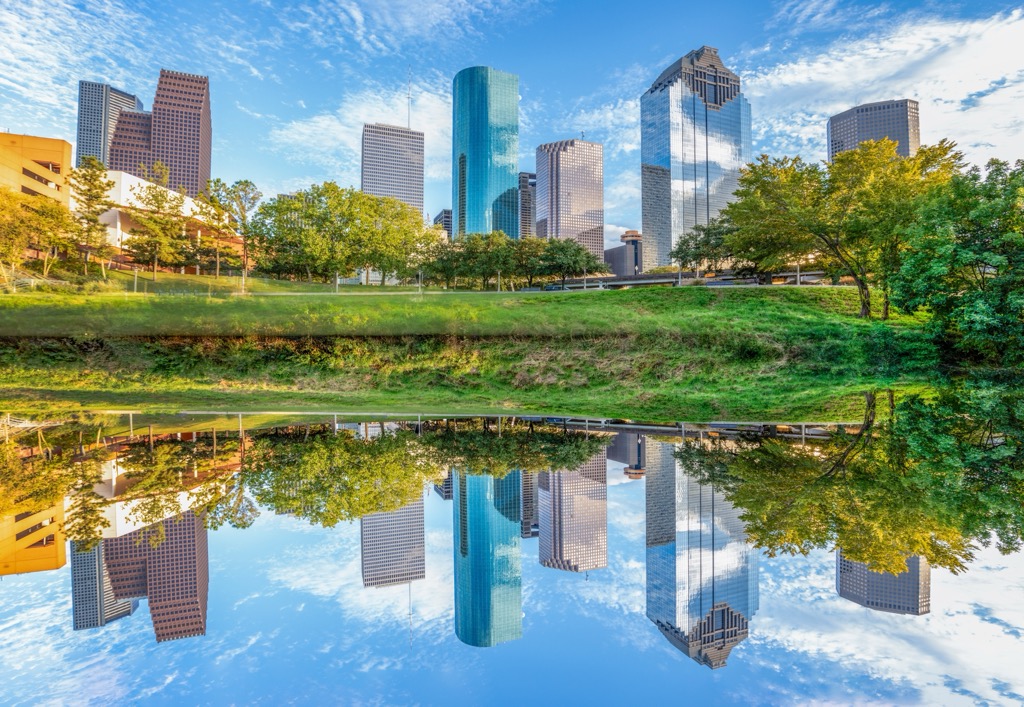
Explore Sam Houston National Forest with the PeakVisor 3D Map and identify its summits.








